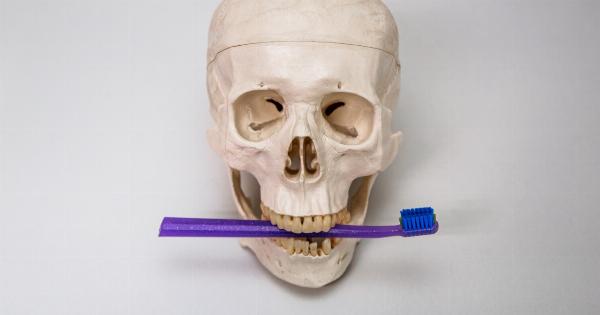When it comes to bone health, hip fractures are a significant concern for women. According to the International Osteoporosis Foundation, 1 in 3 women over the age of 50 will experience a hip fracture in their lifetime.
Understanding the risk factors and preventive measures is crucial to mitigate this potential danger. This article will delve into the causes, prevention, and treatment options for hip fractures in women.
What is a Hip Fracture?
A hip fracture is a break in the upper part of the femur (thigh bone), close to the hip joint. These fractures can vary from a minor crack to a complete break that requires surgery.
Hip fractures are commonly associated with osteoporosis, a condition characterized by low bone density and increased vulnerability to fractures.
Risk Factors for Hip Fractures
Several risk factors contribute to the likelihood of hip fractures in women:.
1. Age
As women age, their risk of hip fractures increases. The majority of hip fractures occur in individuals over the age of 65.
2. Osteoporosis
Women with osteoporosis have significantly weaker bones, making them more susceptible to fractures, including hip fractures.
3. Family History
A family history of hip fractures may increase the risk for subsequent generations due to genetic predisposition and shared environmental factors.
4. Body Composition
Women with a smaller frame or low body weight have a higher risk of hip fractures. Inadequate muscle mass and weaker bones can contribute to this risk.
5. Hormonal Changes
Decreased estrogen levels during menopause can lead to bone loss and a higher risk of hip fractures. Hormonal imbalances or certain medical conditions can also contribute to reduced bone density.
6. Lifestyle Factors
Sedentary lifestyles, lack of physical activity, smoking, excessive alcohol consumption, and poor diet can contribute to weaker bones, increasing the risk of fractures.
Prevention and Risk Reduction
While it may not be possible to entirely eliminate the risk of hip fractures, certain preventive measures can significantly reduce the likelihood:.
1. Balanced Diet
Consuming a diet rich in calcium, vitamin D, and other nutrients essential for bone health can help improve bone density and reduce the risk of fractures.
2. Regular Exercise
Engaging in weight-bearing exercises, such as walking, dancing, or strength training, can strengthen bones and muscles, reducing the risk of fractures.
3. Fall Prevention
Creating a safe environment at home by removing hazards, installing handrails, and using assistive devices can help prevent accidental falls that often result in hip fractures.
4. Quit Smoking and Limit Alcohol
Smoking and excessive alcohol consumption can weaken bones and increase the risk of fractures. Quitting smoking and moderating alcohol intake are essential for overall bone health.
5. Regular Bone Density Testing
Women over the age of 50, particularly those with risk factors, should consider bone density testing to identify any signs of osteoporosis and take appropriate preventive measures.
Treatment Options for Hip Fractures
If a hip fracture occurs, prompt medical intervention is crucial. The treatment options depend on the severity and location of the fracture:.
1. Surgery
Most hip fractures require surgical repair, which may involve either internal fixation (implanting devices like screws or rods to stabilize the bone) or hip replacement surgery.
2. Rehabilitation and Physical Therapy
Following surgery, rehabilitation and physical therapy are essential for recovery. These aim to restore strength, mobility, and independence after a hip fracture.
3. Medications and Pain Management
Depending on the individual’s condition and underlying factors, doctors may prescribe medications to strengthen bones, manage pain, and enhance the healing process.
Conclusion
Hip fractures in women remain a significant health concern, particularly as they age. Understanding the risk factors, taking preventive measures, and seeking early medical intervention can help reduce the risk and improve outcomes.
By prioritizing bone health through a balanced diet, regular exercise, and a healthy lifestyle, women can proactively mitigate the chances of hip fractures and maintain their overall well-being.






























